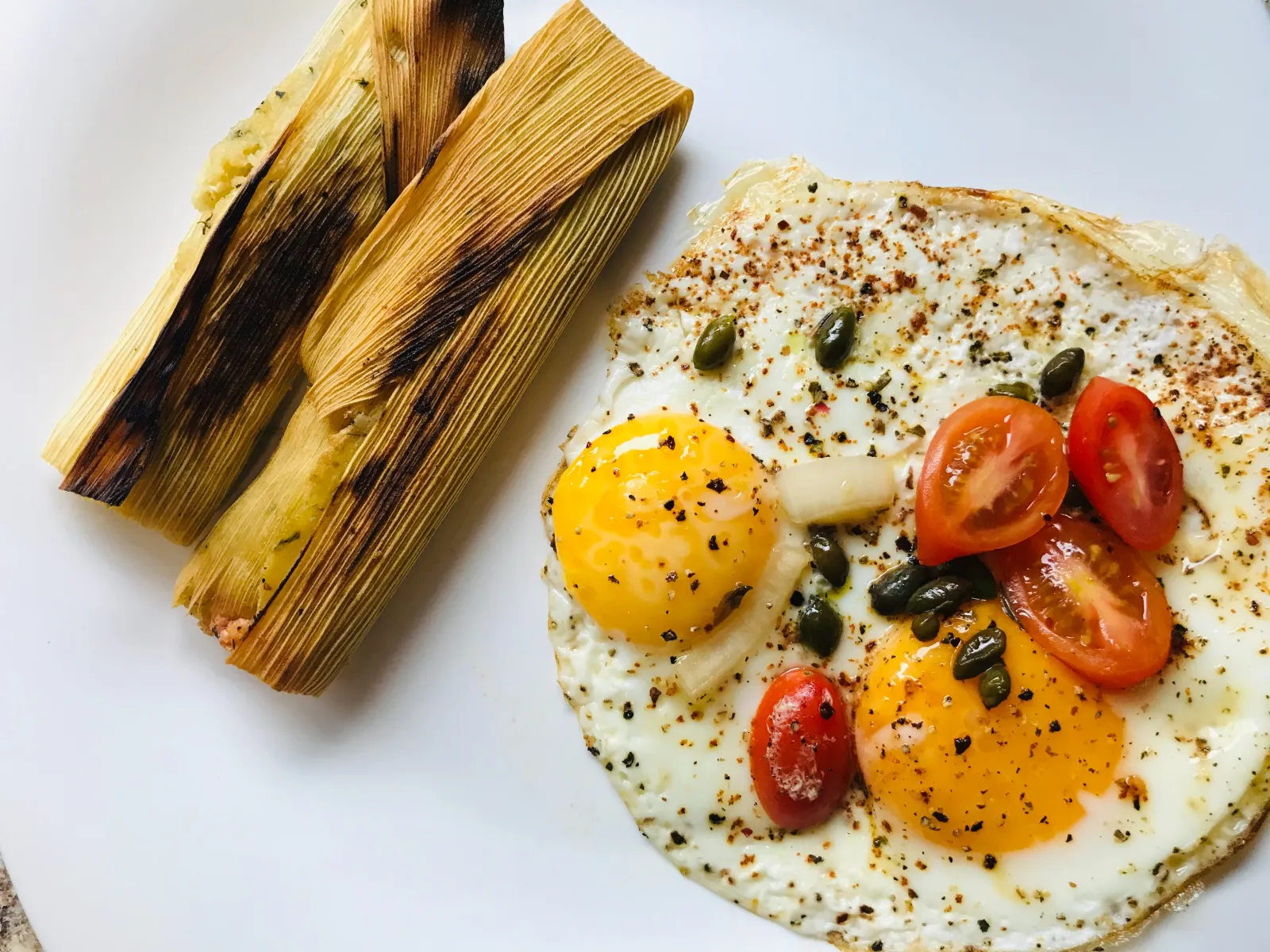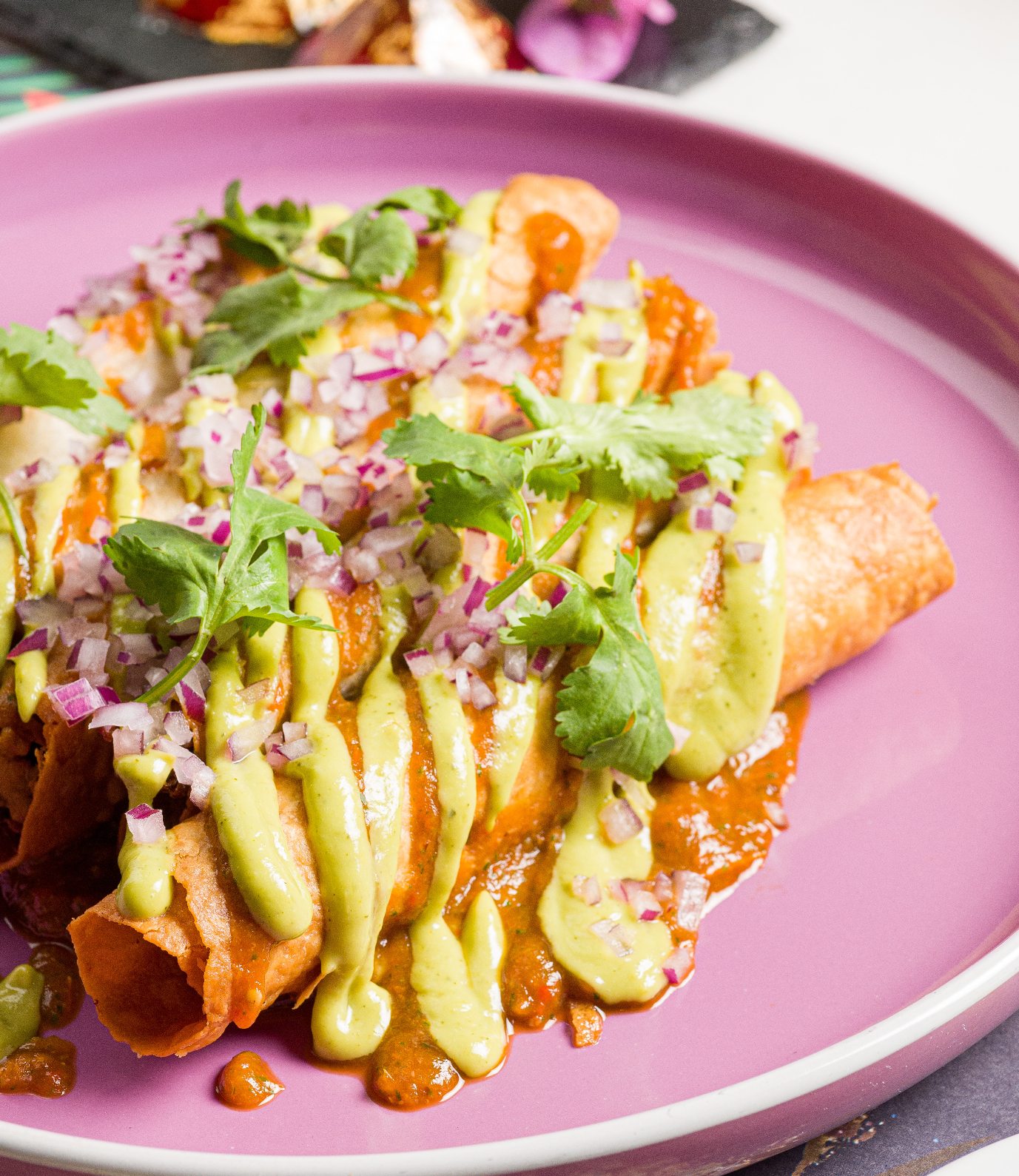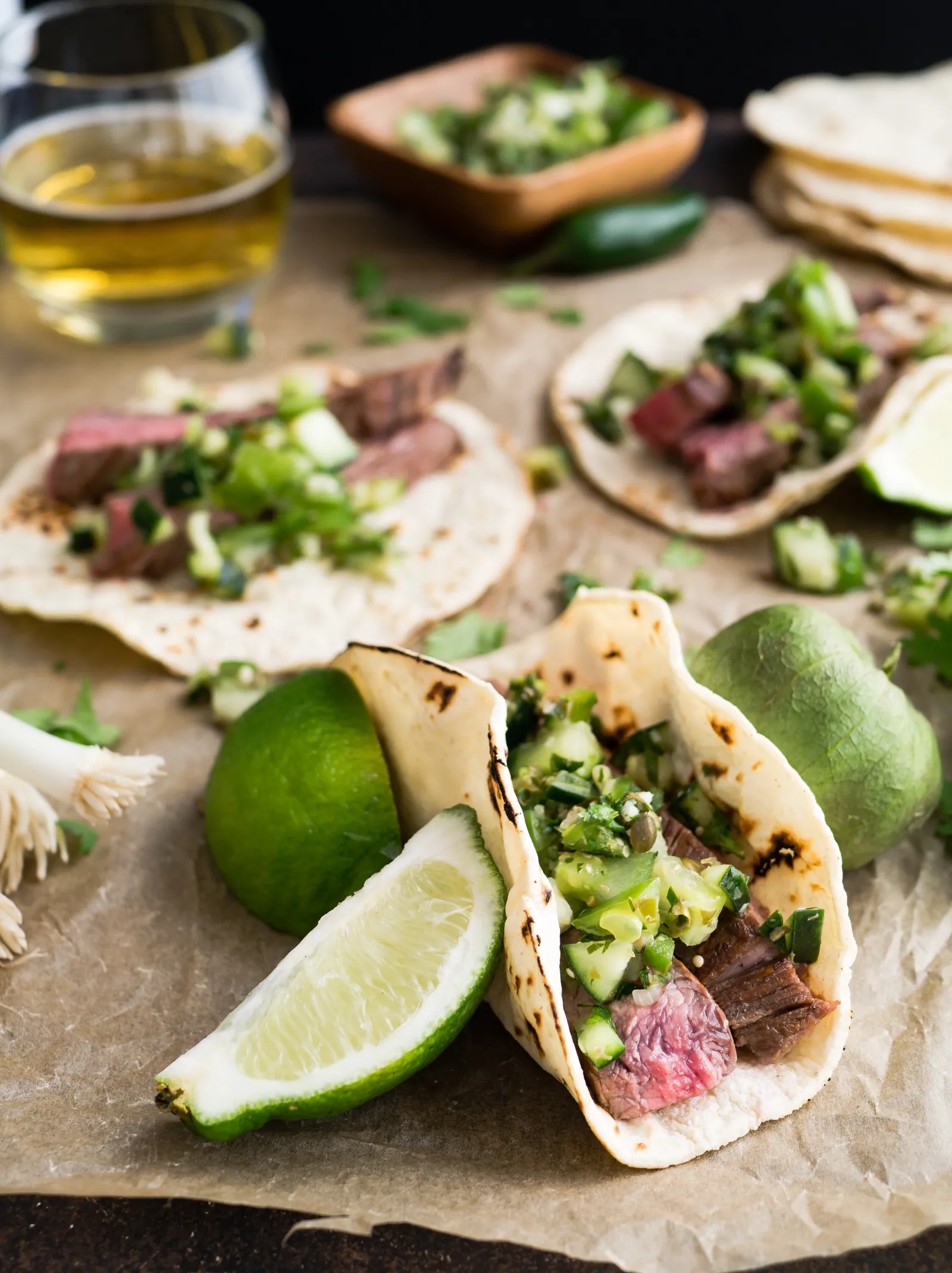Go west of the [Orleans & Jefferson Parish] Border.
"Ven y come un poco. Acuérdate que las penas con pan son buenas."
"Come and eat. Remember that all griefs with bread are less." —Mexican saying
In the 2022 state census, only 6% of the total population of Louisiana is Hispanic, which is low compared to the national average of 20% throughout the United States. However, the Latino population of Jefferson Parish is 15%. Between 2010 and 2021, the Hispanic population of Jefferson had the most growth of all ethnicities in the area, increasing from 53,965 in 2010 to 66,207 in 2021. In Kenner, Hispanics make up 25% of the population. -Latinarepublic.com
Kenner's Latin Row
Kenner is Jefferson Parish's largest city and NOLA's largest suburb, boasting the largest concentration of Latinos in in the state. So it is no wonder that when the local Hispanic newspaper, Que Pasa, compiled its annual roundup of Hispanic restaurants in 2023, there were nearly 35 in Kenner alone. The biggest concentration is on Williams Boulevard between Veterans and West Esplanade, where half are nestled.

It's always been easy to spot Hispanic shops and eateries en route to the airport, which is the only time many New Orleanians venture to Kenner. But given that it is just 10 miles from New Orleans, it is surprising how rarely the normally culinarily keen and adventurous New Orleanian will venture here for a tasty and inexpensive adventure.
Of the 32 Latin American listings in the Que Pasa listing of Kenner restaurants, 15 are Latin American, nine are Mexican, one is Cuban, two are Honduran, one is Salvadoran, two are Peruvian, and two are Nicaraguan. Why do so many "identify" as Latin American, despite clues on their menus displaying dishes that seem specific to one or two countries?
According to Brenda Melara, Editor in Chief of Que Pasa Newspaper at Hispanic Flavor Productions, it's reflective of the melting pot of Central and South Americans that work in these kitchens. "You would have what began as a Honduran restaurant hire a Guatemalan, and she is making her native dishes. Then someone might come in and ask for Salvadoran or Venezuelan food, and they didn't have it. Soon, many of the restaurants began to expand their menus to have something from a few countries to ensure that they could please as many different customers as possible."
Several brick-and-mortar restaurants had their beginnings as food trucks that peppered the post-Katrina landscape from 2005 until 2007, when Jefferson Parish City Council installed laws limiting their abilities to operate legally. Chilango's began as a food truck in 2005 to serve the flood of workers arriving from Texas, Mexico, and elsewhere. They have now expanded to two Kenner based restaurants: Chilango's Restaurant and Chilango's Seafood Restaurant.
Others now flourishing as restaurantes started their businesses as food booths at Que Pasa Fest, which began 13 years ago as a showcase of local Latino culture. Salvadoran restaurant Las Cabanas started this way, recruited via their Facebook page the first year of the fest. They were so encouraged by their strong (and always sold out) success that a few years later, they launched a full restaurant.

While the biggest influx of Latin eateries was visible post-Katrina, there are no indications that the growth of Latino restaurants is slowing down. There are still people opening new establishments, such as Saul Alcazar, a Mexican raised in California who arrived in New Orleans in 2019, opening Cafétomas during the pandemic, in the spring of 2020. Despite this rough start, the business survived and is now thriving. His Honduran wife, three sons, and one daughter ranging in age from 18 to 30, work various shifts, and he is proud to say that you will "always" see him there, greeting customers, enjoying the locals as well as visitors who stop in on their way to or from the airport.
His lighter fare reflects his California upbringing. In addition to dishes ranging from Puerto Rican to Venezuelan, they offer healthy wraps, gluten free dishes, and freshly squeezed juice drinks. When asked what he appreciates most about his new home, he said, "This area gives you opportunities if you want them. People are always willing to help you. And the locals love to support local businesses."
Another way to sample and support these Hispanic entrepreneurs is to attend the Que Pasa Fest, held each year during Hispanic Heritage Month in Metairie's Lafreniere Park. This year it will be held October 7 and 8 and will feature 18 different food booths, offering a great way to survey the local Latino food landscape. Baleada Fest is a newer fest in Harvey, Louisiana, that focuses on the beloved baleada and variations on it. This festival kicks off Hispanic Heritage Month on September 16. Find out more at flavorsofhonduras.com/baleada-festival.

Kenner's Latin Restaurants
Take advantage of all our port city has to offer and give your palette a vacation. Go south of your NOLA border to sample the many varieties of pupusas, baleadas, curtidos, carne asada, and sopas that these enthusiastic and authentic neighbors have to offer. Sitting in these restaurants is a way to travel while at home.
Sit surrounded by colorful decorations and new smells and sounds, with Latin music playing overhead, and the Spanish speaking staff transporting you to another place. If you do speak a little Spanish, it is a wonderful way to practice and learn new palabras.

